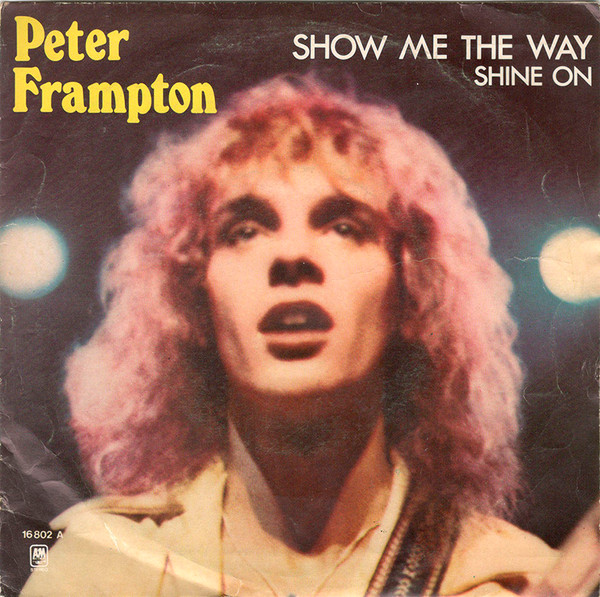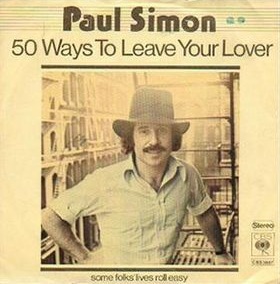 | Blitzkrieg BopRamones |
Writer(s): Tommy Ramone, Dee Dee Ramone (see lyrics here) Released: February 1976 Peak: 2 CL, 1 CO, 3 DF (Click for codes to charts.) Sales (in millions): -- US, 0.2 UK Airplay/Streaming (in millions): -- radio, 25.65 video, 330.58 streaming |
Awards:Click on award for more details. |
About the Song:The Ramones formed in Queens, New York, in 1974. They “were ground zero” TC for punk rock. “They had the look – torn jeans, motorcycle jackets, bangs, and sneakers.” TC They “took their musical cues from the past…rock ‘n’ roll, surf, Phil Spector, and 1960s garage-rock were the inspirations.” TB “The music was stripped back to the barest of essentials: no drum fills, no guitar solos, just short, fast four-chord songs with catchy tunes and the dumbest of lyrics.” TB “Today, it doesn’t seem like the recipe for a revolution…but in an era gorged on musical excess, it was indeed revolutionary.” TB“The Ramones…drill straight to the very heart of what made rock ‘n’ roll so exciting in the first place.” TB They “were the first punk-rock band and ‘Blitzkrieg Bop’ was the first punk-rock single.” TB It ranks as the top punk rock song of all time according to Dave’s Music Database. It wasn’t a hit when it was first released, but was “a perfect call to arms,” TC “a wake-up call for a generation.” TB Author Dave Thompson called the song’s famous “hey ho, let’s go” “the chant that launched a million soundalikes.” DT It has also become “a global rallying cry at sporting events.” WK Drummer Tommy Ramone was the main writer on the song. Bassist Dee Dee Ramone came up with the title, which was originally “Animal Hop.” WK The song’s meaning is “somewhat vague and obscure” but Tommy said it was about a young audience going to a rock concert. WK They got the idea for the chant from the Bay City Rollers’ disco hit “Saturday Night.” WK Resources:
Related Links:First posted 4/17/2024. |











